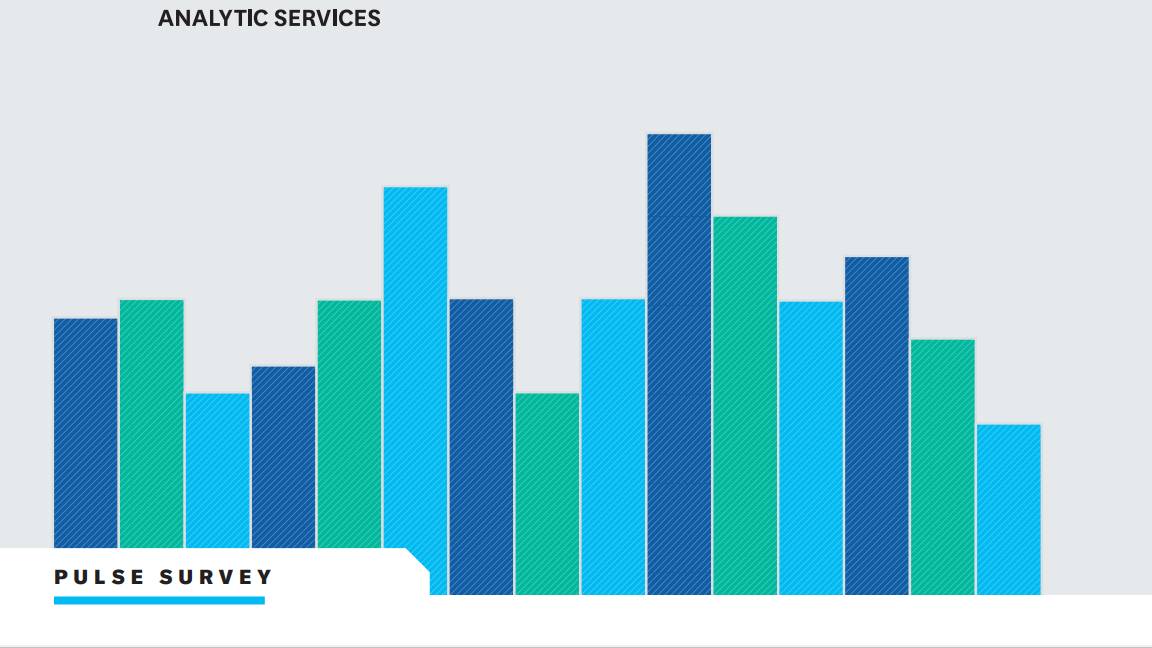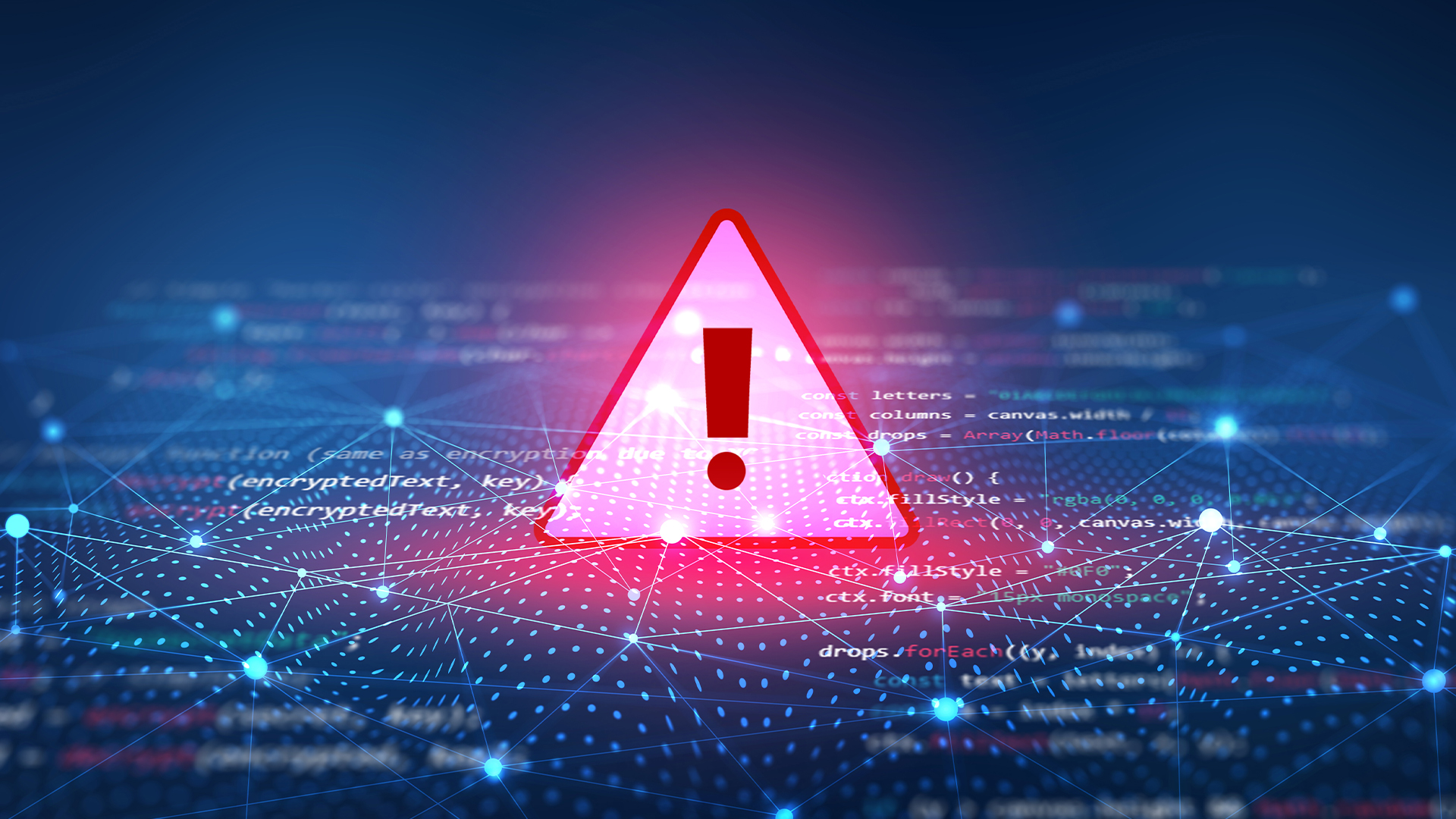Vulnerability management complexity is leaving enterprises at serious risk
Fragmented data and siloed processes mean remediation is taking too long


Most organizations are failing to remediate critical vulnerabilities quickly enough, with nearly seven-in-ten saying it takes them more than 24 hours.
According to new research from Swimlane, fragmented data from multiple scanners, siloed risk scoring, and poor cross-team collaboration means organizations are increasingly exposed to breaches, compliance failures, and financial penalties.
Michael Lyborg, CISO at Swimlane, said this confluence of issues and the “growing complexity” of vulnerability management has prompted a widespread rethink of how enterprises approach dangerous flaws.
"It’s no longer just about patching vulnerabilities — it’s about prioritizing the ones that matter most to your operations. With businesses losing an estimated $47,580 per employee each year due to manual tasks, organizations can no longer afford to operate in the reactive mode of the past."
The main reason for failures in prioritization is a lack of context or accurate information, cited by 37%, with 35% saying that's the primary reason for delays in fixing vulnerabilities too.
More than half of organizations still lack a comprehensive system for vulnerability prioritization. And while nearly half (45%) use a hybrid approach combining manual and automated processes for vulnerability detection, seven-in-ten rely on tools like cloud security posture management, and a similar number use web application scanners.
These manual processes are using up significant resources, the study noted, with 57% of security teams dedicating between a quarter and half of their time to vulnerability management operations.
Sign up today and you will receive a free copy of our Future Focus 2025 report - the leading guidance on AI, cybersecurity and other IT challenges as per 700+ senior executives
More than half spend over five hours a week consolidating and normalizing vulnerability data, while a similar number said the limited usefulness of scanner results means they need to use additional tools and processes.
Nearly two-thirds said they weren't confident that their vulnerability management programs can meet regulatory audit requirements, and 73% expressed concern over potential fines.
Similarly, six-in-ten reported that siloed vulnerability management practices are creating inefficiencies and exposing their systems to potential security risks.
"Smarter prioritization and automation are no longer optional — they are essential to reducing vulnerabilities, preventing breaches and ensuring continuous compliance," said Cody Cornell, co-founder and chief strategy officer at Swimlane.
RELATED WHITEPAPER

"By blending intelligent automation with human expertise, vulnerability management teams gain the clarity they need to act decisively. Centralizing data and responding in real-time isn’t a luxury — it’s a business imperative that minimizes risk and frees up time to focus on the next challenge."
Last year, researchers at Black Duck found that the utilities sector was the worst performer in dealing with security flaws, with an average of 876 days to close critical vulnerabilities in medium-sized sites. The education sector was also slow.
Perhaps because of the sector's heavy regulation, healthcare organizations were quicker to act, with an average of 87 days to close critical security vulnerabilities for small sites, 30 days for medium sites, and 20 days for large sites.
Emma Woollacott is a freelance journalist writing for publications including the BBC, Private Eye, Forbes, Raconteur and specialist technology titles.
-
 Google CEO Sundar Pichai says vibe coding has made software development ‘exciting again’
Google CEO Sundar Pichai says vibe coding has made software development ‘exciting again’News Google CEO Sundar Pichai claims software development has become “exciting again” since the rise of vibe coding, but some devs are still on the fence about using AI to code.
-
 15-year-old revealed as key player in Scattered LAPSUS$ Hunters
15-year-old revealed as key player in Scattered LAPSUS$ HuntersNews 'Rey' says he's trying to leave Scattered LAPSUS$ Hunters and is prepared to cooperate with law enforcement
-
 The Scattered Lapsus$ Hunters group is targeting Zendesk customers – here’s what you need to know
The Scattered Lapsus$ Hunters group is targeting Zendesk customers – here’s what you need to knowNews The group appears to be infecting support and help-desk personnel with remote access trojans and other forms of malware
-
 Impact of Asahi cyber attack laid bare as company confirms 1.5 million customers exposed
Impact of Asahi cyber attack laid bare as company confirms 1.5 million customers exposedNews No ransom has been paid, said president and group CEO Atsushi Katsuki, and the company is restoring its systems
-
 If you're not taking insider threats seriously, then the CrowdStrike incident should be a big wake up call
If you're not taking insider threats seriously, then the CrowdStrike incident should be a big wake up callNews CrowdStrike has admitted an insider took screenshots of systems and shared them with hackers, and experts say it should serve as a wake up call for enterprises globally.
-
 Shai-Hulud malware is back with a vengeance and has hit more than 19,000 GitHub repositories so far — here's what developers need to know
Shai-Hulud malware is back with a vengeance and has hit more than 19,000 GitHub repositories so far — here's what developers need to knowNews The malware has compromised more than 700 widely-used npm packages, and is spreading fast
-
 Security experts claim the CVE Program isn’t up to scratch anymore — inaccurate scores and lengthy delays mean the system needs updated
Security experts claim the CVE Program isn’t up to scratch anymore — inaccurate scores and lengthy delays mean the system needs updatedNews CVE data is vital in combating emerging threats, yet inaccurate ratings and lengthy wait times are placing enterprises at risk
-
 The US, UK, and Australia just imposed sanctions on a Russian cyber crime group – 'we are exposing their dark networks and going after those responsible'
The US, UK, and Australia just imposed sanctions on a Russian cyber crime group – 'we are exposing their dark networks and going after those responsible'News Media Land offers 'bulletproof' hosting services used for ransomware and DDoS attacks around the world
-
 Thousands of ASUS routers are being hijacked in a state-sponsored cyber espionage campaign
Thousands of ASUS routers are being hijacked in a state-sponsored cyber espionage campaignNews Researchers believe that Operation WrtHug is being carried out by Chinese state-sponsored hackers
-
 IBM AIX users urged to patch immediately as researchers sound alarm on critical flaws
IBM AIX users urged to patch immediately as researchers sound alarm on critical flawsNews Network administrators should patch the four IBM AIX flaws as soon as possible
